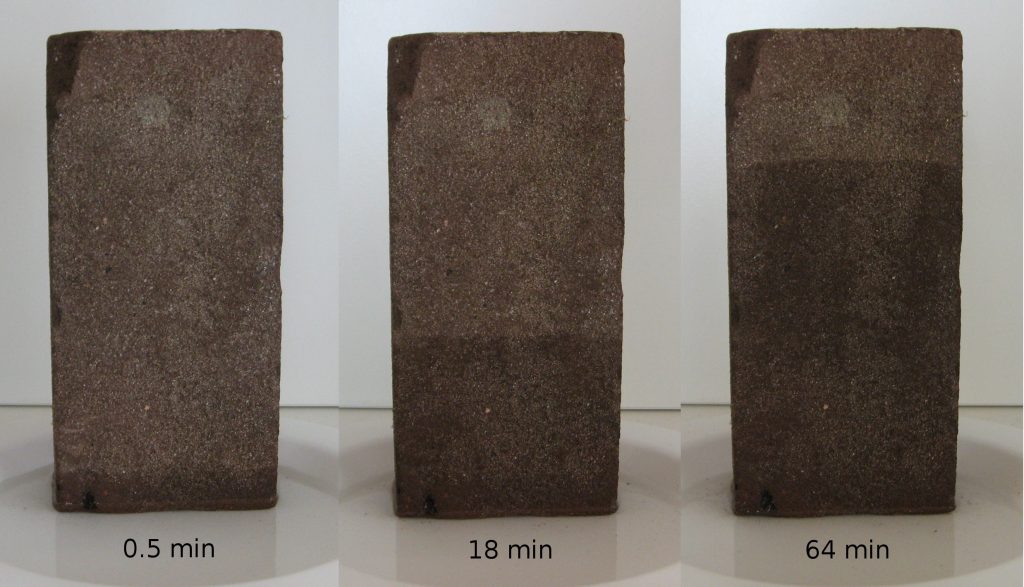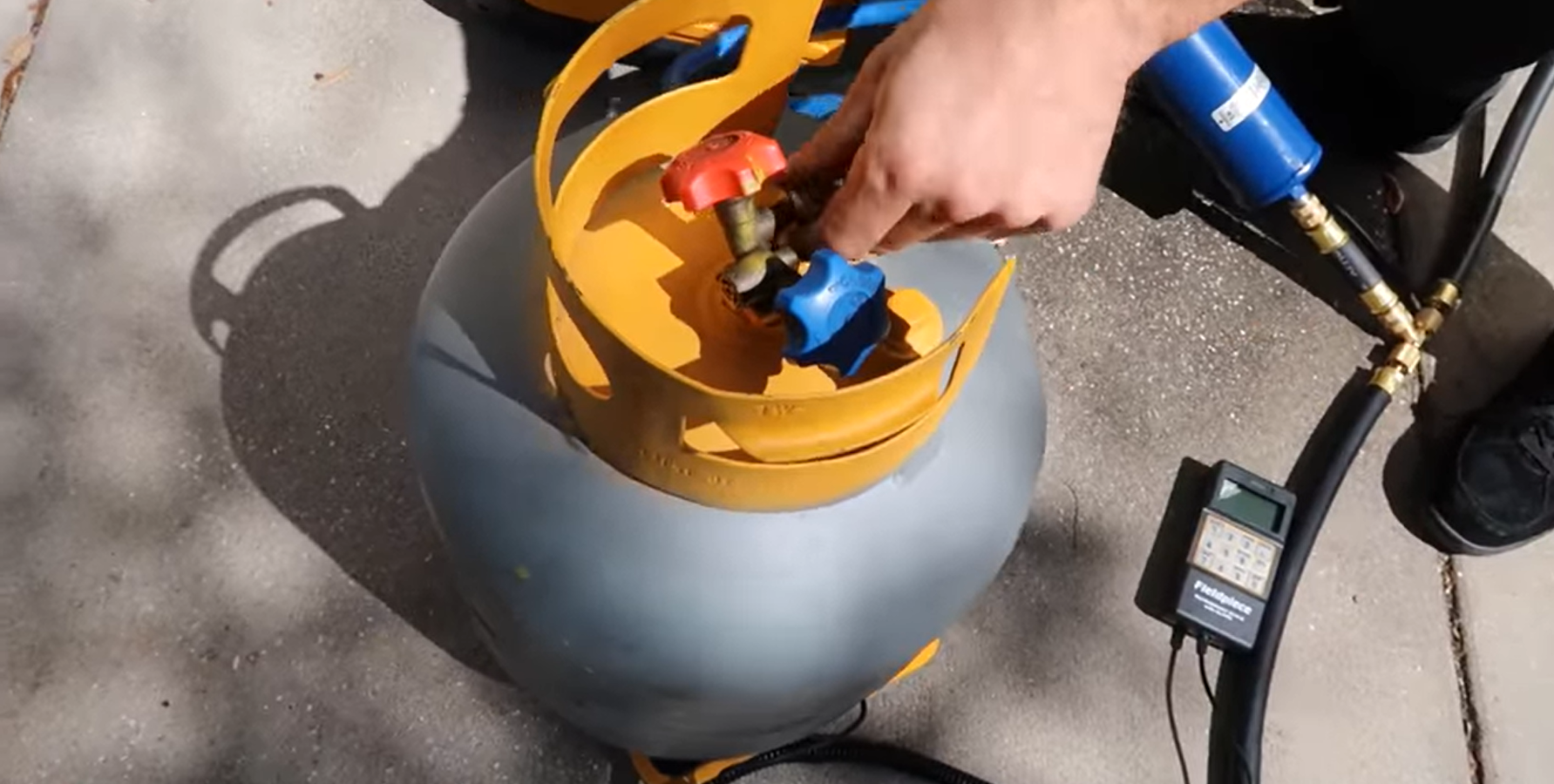Get Tech Tips
Subscribe to free tech tips.
How Moisture Moves

Old-timers always used to say that running plumbing and condensate drains wasn't rocket science because “water flows downhill.” While that may be true, water also floats in the air, goes uphill, and forces its way through concrete.
Here is a look at some of the ways that water moves that impact building comfort and integrity.

Flow in the Liquid State
Water runs out or “flows” when it's in a liquid state, and this is the state we are most familiar with when we think about water moving. We know that flow in the liquid state often moves downhill with gravity, but it can often travel uphill due to the weight of a water column on the inlet side or the suction of a water column on the outlet side with a siphon. We see this every day with traps in sinks, toilets, and condensate drains.

Capillary Action
Water also travels against the forces of gravity in liquid form when it comes to porous materials or small gaps between materials. This capillary action force allows nutrients to travel from the roots of trees up to the branches and leaves. You can see it easily when you dip a paper towel into some water; the water begins “wicking' up the material against gravity. The more porous a material is, and the smaller those pores are (so long as they are larger than water molecules), the greater the capillary effect.
In buildings, we need to consider capillary action when designing wall systems to prevent water from being held in or drawn up into walls. This can happen due to porous materials being immersed in water or damp soil or by having wall layers placed close together with a gap or “capillary break” when there is a possibility of moisture.

Convection (Air Movement)
Air contains water vapor, and the higher the dew-point of the air, the more total moisture it contains. Let's consider a situation where the outdoor air is at 75-degree dewpoint (as it often is where I live) and the indoor dew-point is 55 degrees, which is a good, comfortable dew-point that you will get at 75 degrees and 50% RH. When this outdoor air enters the building, it brings its higher moisture content with it whenever a door opens, a window isn't shut fully, or there are gaps around a can light into the attic. This water content carried in the air can be significant and is one reason why air sealing is such a big part of good building design and construction.
Vapor Diffusion
Water vapor can and does move through solid materials at the molecular level based on a difference in vapor pressure from one side to the other and the vapor permeability of the material. We often call materials designed to slow down vapor diffusion “vapor barriers” as if they will stop all vapor diffusion, but that simply isn't the case.
These materials are really just vapor inhibitors to help slow down the movement of water vapor across the material. The “vapor pressure” is based on a difference in dew-point, not relative humidity. So, if the outdoor temperature is 80 degrees at 42% RH, and it is 72 degrees at 55% relative humidity indoors, there will be no vapor diffusion because they are both at 55 degree dew-point, which equals a partial pressure of 0.436″Hg (inches of mercury column).
When there is a difference in dew-point (and therefore water vapor pressure) across a material such as drywall or insulation, there will be a transfer of water across that material via vapor diffusion from the higher dew-point to the lower dew-point.
So, yes—water moves downhill and a whole heck of a lot of other ways as well.
—Bryan










Comments
To leave a comment, you need to log in.
Log In